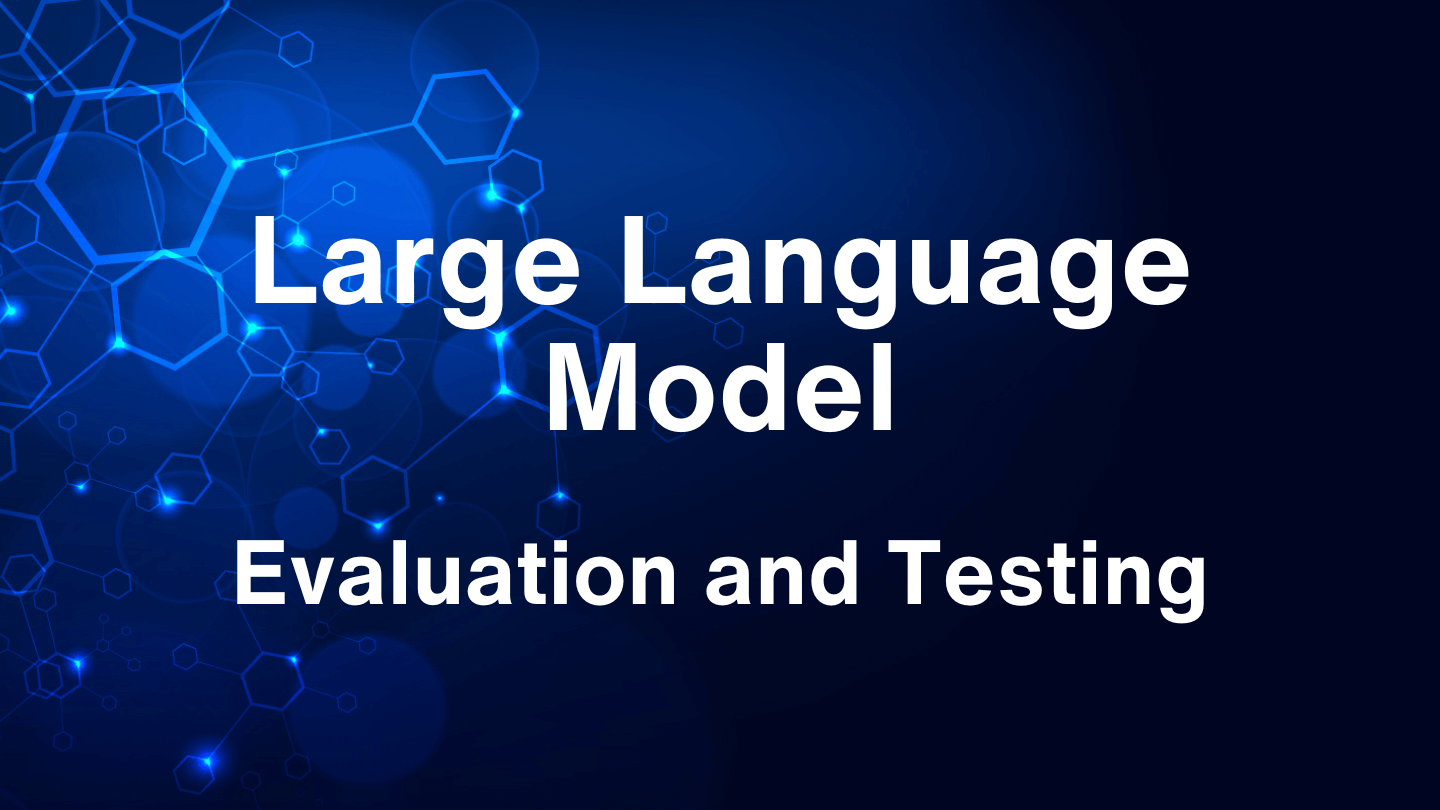
Large Language Models (LLMs) are becoming integral to modern software applications, offering unprecedented capabilities in natural language understanding and generation. However, a significant challenge to engineering teams implementing LLMs is the effective evaluation of these models' outputs, particularly at scale. This article aims to address the complexities and solutions in assessing LLM quality, both before and after deployment.
The Challenge of Evaluating LLMs
One of the primary challenges in deploying LLMs in production environments is the lack of a standardized framework to evaluate their quality. LLMs are probabilistic, meaning they can generate different outputs from the same input, particularly when operating at higher temperature settings (> 0). This variability can make it difficult to predict and maintain consistent performance. Moreover, even minor modifications in input can lead to significantly different outputs, adding another layer of complexity to their evaluation.
Strategies for Pre-Production Evaluation
The process of evaluating LLMs can be segmented based on the application use case. Each category requires specific metrics and methods for a thorough assessment:
- Classification: In tasks where the model classifies text into categories, metrics such as accuracy, recall, precision, and F score are crucial. Understanding where the model makes errors is essential.
- Structured Data Extraction: When converting unstructured data (like text) to structured formats (such as JSON), it's necessary to validate the syntactical correctness of the output, ensure the presence of expected keys, and check the accuracy of key values and types.
- Generative/Creative Outputs: Evaluating creative outputs like blog posts or newsletter articles is more subjective. Here, semantic similarity can be used to gauge how closely the generated content aligns with a target response. This is especially important when dealing with high variability in outputs due to model temperature settings.
Quality Measurement in Production
Once LLMs are in production, user feedback becomes a critical measure of model quality. This feedback can be explicit, like a thumbs-up or thumbs-down response, or implicit, inferred from how users interact with the model’s outputs. Such feedback is invaluable for ongoing model refinement and tuning.
Best Practices for LLM Testing
Ensuring LLMs work effectively in a production environment involves a test suite that incorporates several best practices:
- Unit Testing: Develop a comprehensive set of test cases that cover a wide range of scenarios, including known edge cases. This helps in establishing a baseline for model performance.
- Regression Testing: When updating prompts run tests to ensure new changes don't adversely affect existing functionalities. This is particularly important when modifying prompts or model configurations in a live environment.
- Back Testing: Storing production prompts and responses can provide a valuable dataset for backtesting modified prompts. Analysis of new vs old responses can help indicate whether the modified prompt would be likely to perform better or worse than the original.
- Continuous Improvement: The testing process should be dynamic. Incorporating new edge cases identified in production into the test bank helps in continually refining the model’s accuracy and reliability.
Evaluating and maintaining the quality of LLMs is a complex but essential task, requiring a detailed and methodical approach. It involves careful planning, testing, and continuous feedback loops.
Shrio's prompt engineering platform is designed to aid this process, providing the necessary tools and resources for effective LLM testing and evaluation. By leveraging the Shiro platform, organizations can confidently deploy and manage LLMs, ensuring they deliver the desired outcomes in real-world applications.
Shrio's prompt engineering platform is designed to aid this process, providing the necessary tools and resources for effective LLM testing and evaluation. By leveraging the Shiro platform, organizations can confidently deploy and manage LLMs, ensuring they deliver the desired outcomes in real-world applications.
